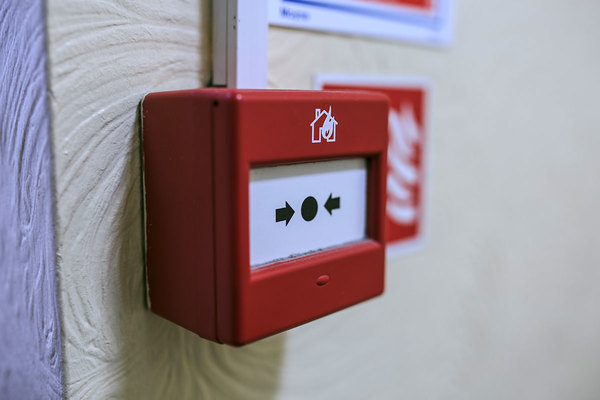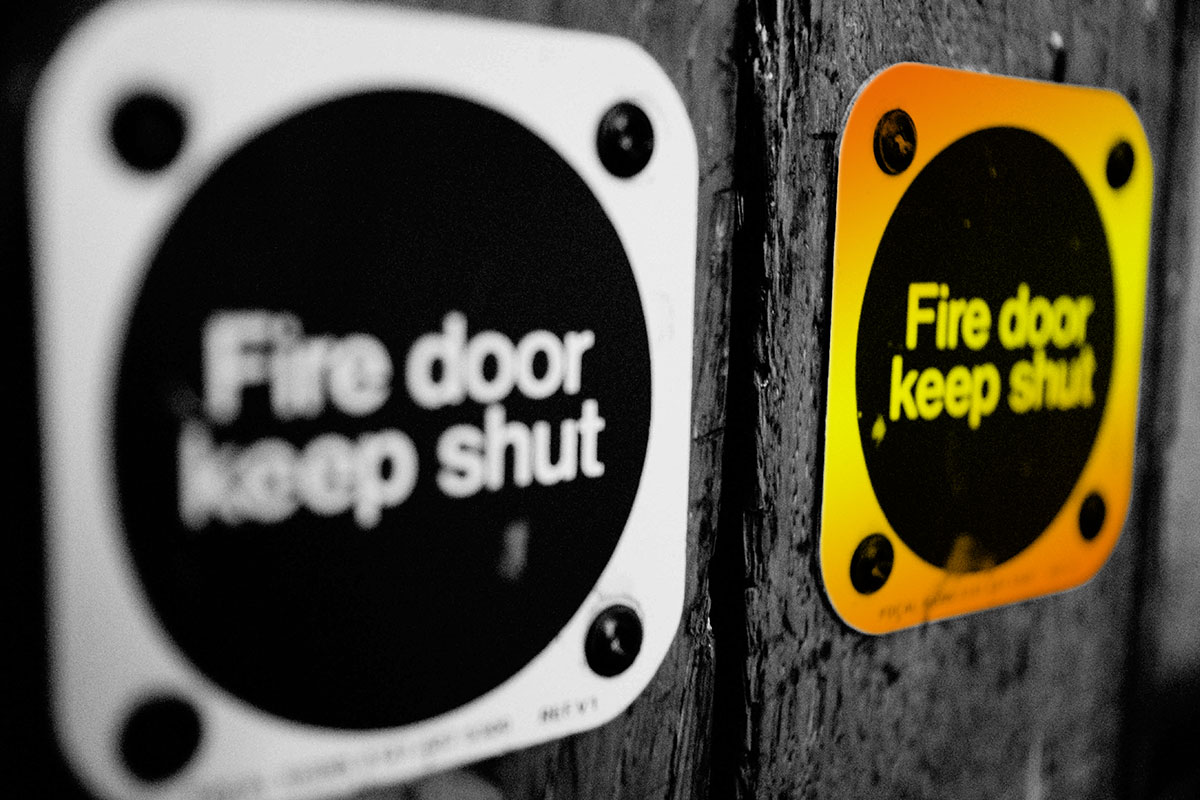You are viewing 1 of your 1 free articles
 Jan Taranczuk
Jan TaranczukJan worked in local government for 33 years; 13 of which was as a Chief Officer. He has unique and extensive experience working with ...more
Why a car park fire is important to the housing sector
Jan Taranczuk explains why a fire in a multi-storey car park has relevance for social housing providers
At first glance the fire in a multi-storey car park in Liverpool on New Year’s Eve 2017, although dramatic, would be of little interest to the housing world.
To recap, the fire destroyed 1,150 cars and the building itself will probably have to be demolished.
Those of you who have heard me speak about fire safety during this year’s seminars will know that I thought the cause of this fire may be relevant to landlords with car parks under or near residential buildings. What puzzled me was the speed at which the fire appeared to have spread.
Inside Housing readers will also know that I have continued to advocate the need to share information about fires as I firmly believe the knowledge about ‘near misses’ is as important as knowledge about the more tragic events.
I have recently seen the report into the fire. For me, there are several findings that should interest the housing sector:
1. Plastic petrol tanks: A contributory factor in the rapid spread of the fire was that more than 80% of European cars’ petrol tanks are plastic.
The heat from the fire melted the tanks and the petrol escaped into the drainage system, spreading the fire from floor to floor.
Most of our car parking areas were designed when petrol tanks were made of metal. Landlords may need to re-evaluate fire risk assessments for buildings with car parks with this information in mind.
2. Human behaviour: There is CCTV footage showing individuals taking photos of the initial stages of the fire, but not calling the emergency services. We have to continually remind everyone to dial 999.
3. Early warning/suppression systems: The CCTV footage shows the early stages of the fire.
If that system had the software that could identify a flame and send an immediate alert, the damage would have been much less severe. In addition, it would have helped if there was a suppression system in place (for example, sprinkers or an aerosol system).
4. Building regulations review: The report recommends a review of the building regulations for car parks.
I will be formally suggesting to the Chartered Institute of Housing that it shares information regarding events like this. Perhaps the Home Office should too.
Jan Taranczuk is a housing consultant and a fire safety expert
Footage of the car park fire in 2017
Tech Leaders 2018
We unveil Tech Leaders 2018 - a list of the tech innovators digitally transforming their organisations:
Sponsored by Hitachi Solutions
Never Again campaign
In the days following the Grenfell Tower fire on 14 June 2017, Inside Housing launched the Never Again campaign to call for immediate action to implement the learning from the Lakanal House fire, and a commitment to act – without delay – on learning from the Grenfell Tower tragedy as it becomes available.
One year on, we have extended the campaign asks in the light of information that has emerged since.
Here are our updated asks:
GOVERNMENT
- Act on the recommendations from Dame Judith Hackitt’s review of building regulations to tower blocks of 18m and higher. Commit to producing a timetable for implementation by autumn 2018, setting out how recommendations that don’t require legislative change can be taken forward without delay
- Follow through on commitments to fully ban combustible materials on high-rise buildings
- Unequivocally ban desktop studies
- Review recommendations and advice given to ministers after the Lakanal House fire and implement necessary changes
- Publish details of all tower blocks with dangerous cladding, insulation and/or external panels and commit to a timeline for remedial works. Provide necessary guidance to landlords to ensure that removal work can begin on all affected private and social residential blocks by the end of 2018. Complete quarterly follow-up checks to ensure that remedial work is completed to the required standard. Checks should not cease until all work is completed.
- Stand by the prime minister’s commitment to fully fund the removal of dangerous cladding
- Fund the retrofitting of sprinkler systems in all tower blocks across the UK (except where there are specific structural reasons not to do so)
- Explore options for requiring remedial works on affected private sector residential tower blocks
LOCAL GOVERNMENT
- Take immediate action to identify privately owned residential tower blocks so that cladding and external panels can be checked
LANDLORDS
- Publish details of the combinations of insulations and cladding materials for all high rise blocks
- Commit to ensuring that removal work begins on all blocks with dangerous materials by the end of 2018 upon receipt of guidance from government
- Publish current fire risk assessments for all high rise blocks (the Information Commissioner has required councils to publish and recommended that housing associations should do the same). Work with peers to share learning from assessments and improve and clarify the risk assessment model.
- Commit to renewing assessments annually and after major repair or cladding work is carried out. Ensure assessments consider the external features of blocks. Always use an appropriate, qualified expert to conduct assessments.
- Review and update evacuation policies and ‘stay put’ advice in the light of risk assessments, and communicate clearly to residents
- Adopt Dame Judith Hackitt’s recommended approach for listening to and addressing tenants’ concerns, with immediate effect
CURRENT SIGNATORIES:
- Chartered Institute of Housing
- G15
- National Federation of ALMOs
- National Housing Federation
- Placeshapers












